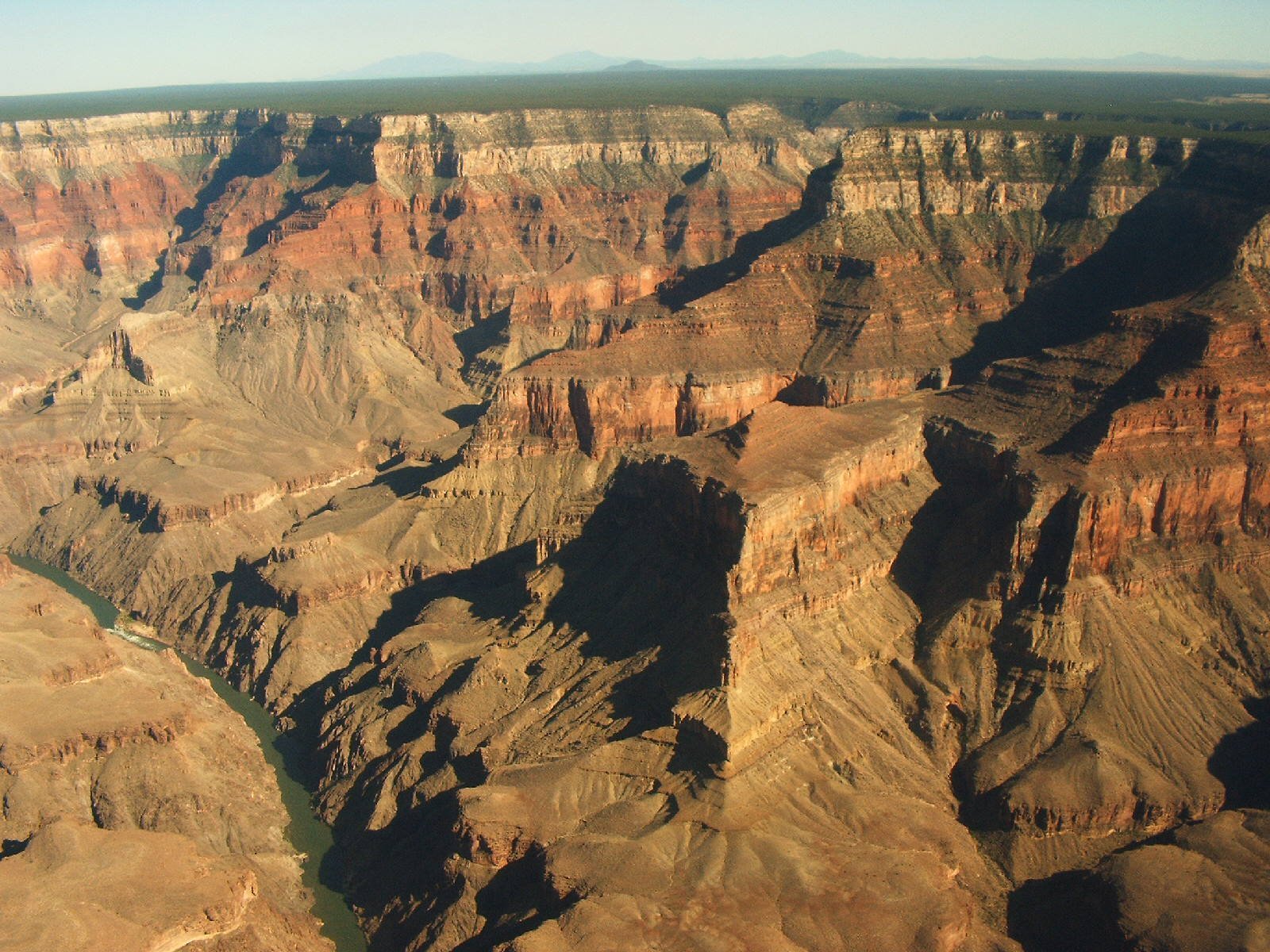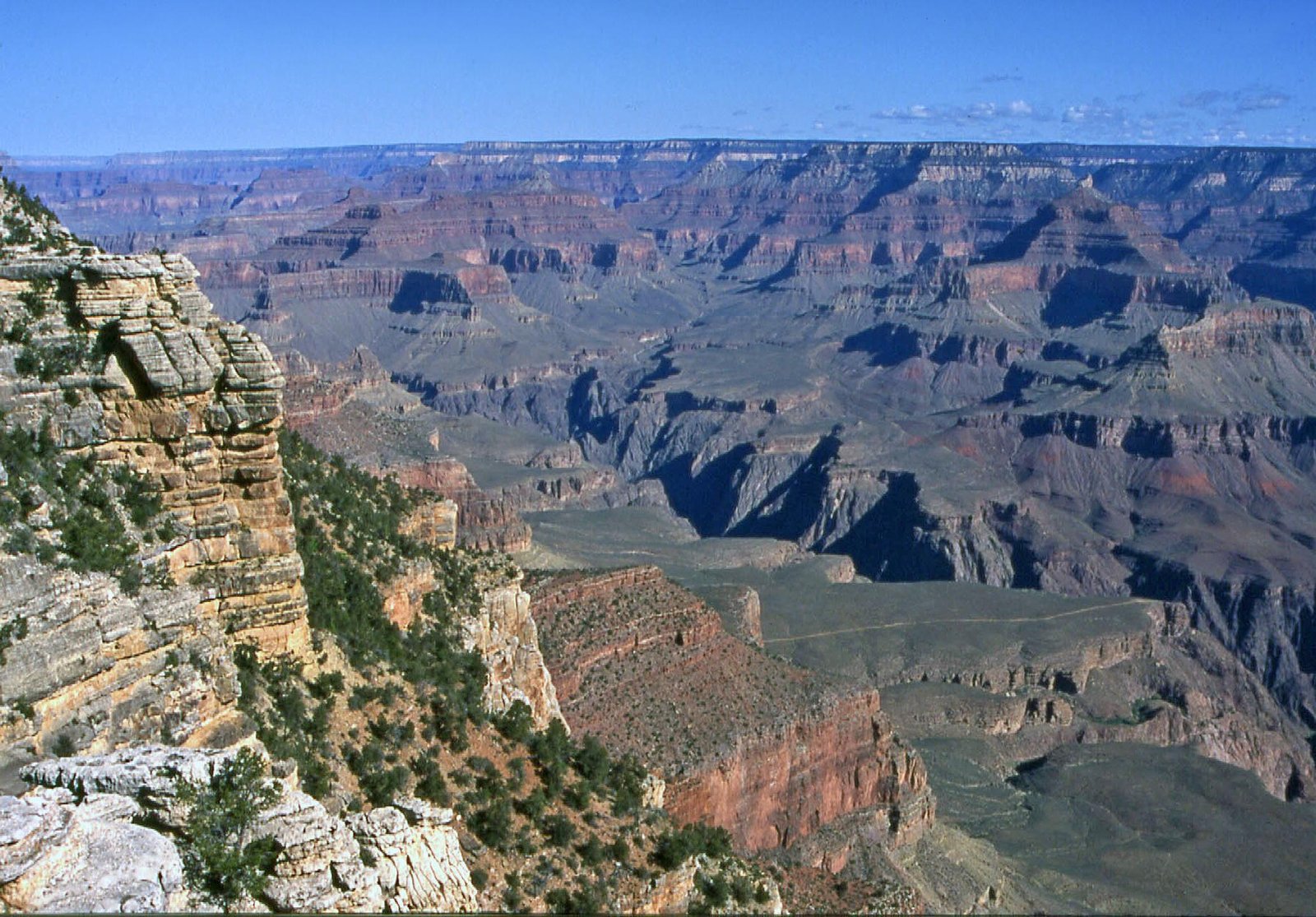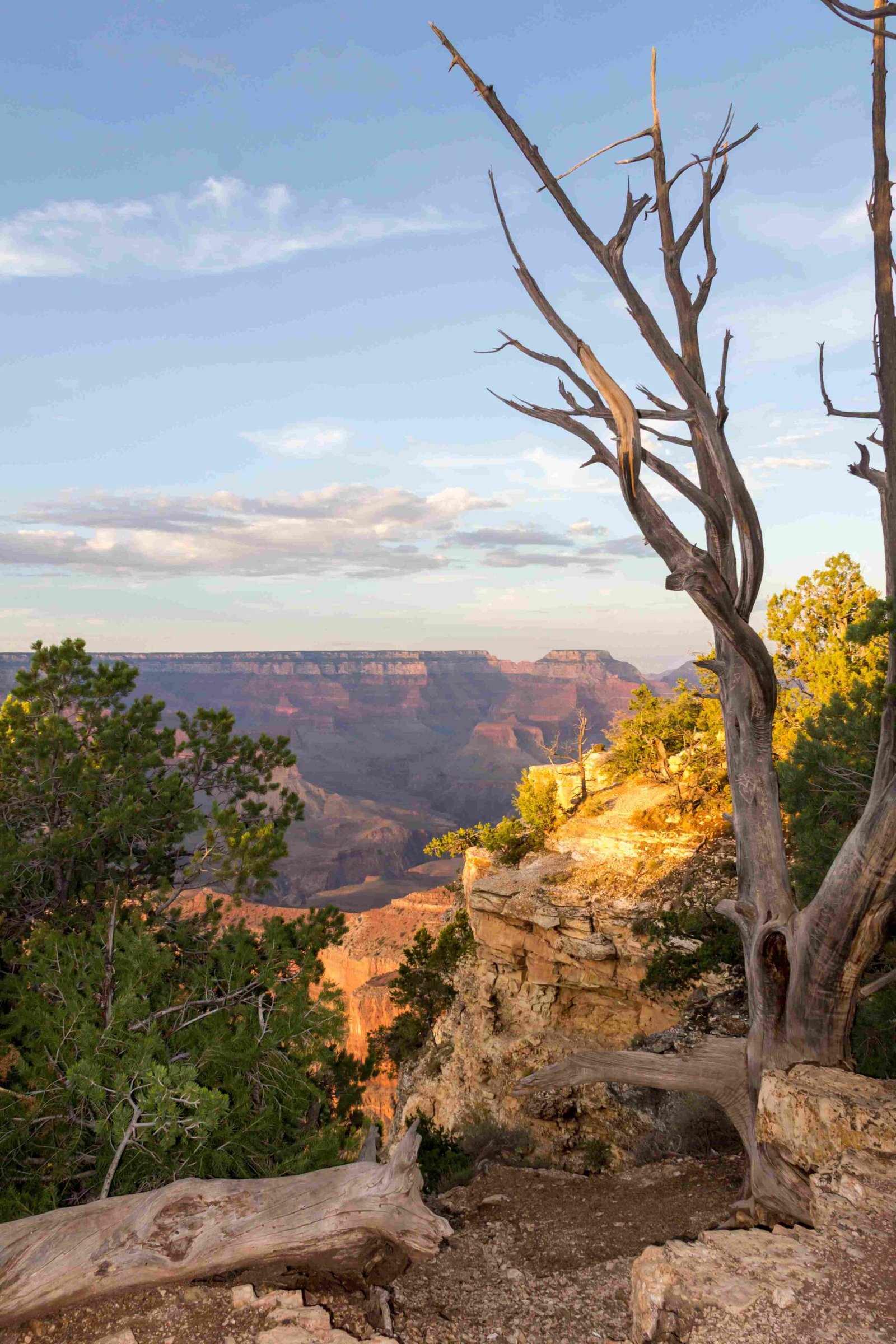The Grand Canyon represents a dynamic geological landscape where erosion is an ongoing, millennia-spanning process. Over the next several million years, the Colorado River will continue to carve and reshape this iconic natural wonder, with current estimates suggesting minimal visible changes during human lifetimes but significant transformations across geological timescales.
What Drives the Grand Canyon’s Erosion?

How Does the Colorado River Impact Erosion?
The Colorado River serves as the primary erosional agent in the Grand Canyon. Its powerful water flow carries sedimentary materials that gradually wear down rock layers, creating a continuous transformation process. Key characteristics include:
- Erosion Rate: Approximately 3 centimeters per hundred years
- River Gradient: Over 600 meters drop from Lake Powell to Lake Mead
- Sediment Transportation: Breaking down boulders into smaller particles
What Geological Factors Contribute to Erosion?
Several interconnected geological factors influence the Grand Canyon’s erosional dynamics:
| Factor | Impact | Timeframe |
|---|---|---|
| Tectonic Uplift | Exposes rock layers | Ongoing |
| Climate Variations | Influences water flow | Cyclical |
| Rock Composition | Determines erosion resistance | Constant |
Will Complete Erosion Occur?
Complete erosion of the Grand Canyon is not anticipated in the foreseeable geological future. The process will continue gradually, with significant transformations occurring over millions of years. Current scientific estimates suggest:
- Continued river-based erosion
- Gradual widening and deepening
- Formation of new geological features
How Long Will Erosion Take?
Geological evidence suggests the Grand Canyon will continue evolving for:
- Minimum Timeframe: 3-5 million years
- Maximum Potential: 10-15 million years
What Influences Erosion Speed?
Multiple factors modulate erosion rates:
- Precipitation patterns
- Tectonic activity
- Climate change
- River flow dynamics
Scientific Monitoring and Research

Geologists continuously study the Grand Canyon’s erosional processes using advanced techniques:
- Satellite imagery
- Geological mapping
- Sediment transport analysis
- Climate modeling
Potential Future Scenarios
While complete erosion is unlikely, potential scenarios include:
- Gradual canyon widening
- Increased tributary development
- Subtle landscape reshaping
Conclusion
The Grand Canyon’s erosion is a testament to Earth’s dynamic geological processes. Rather than a sudden transformation, it represents a slow, continuous evolution spanning millions of years.
Key Takeaways
- Erosion is ongoing but extremely slow
- Colorado River remains primary erosional agent
- Significant changes occur over geological timescales
References:
– USGS Geological Studies
– National Park Service Research
– Geological Society of America

